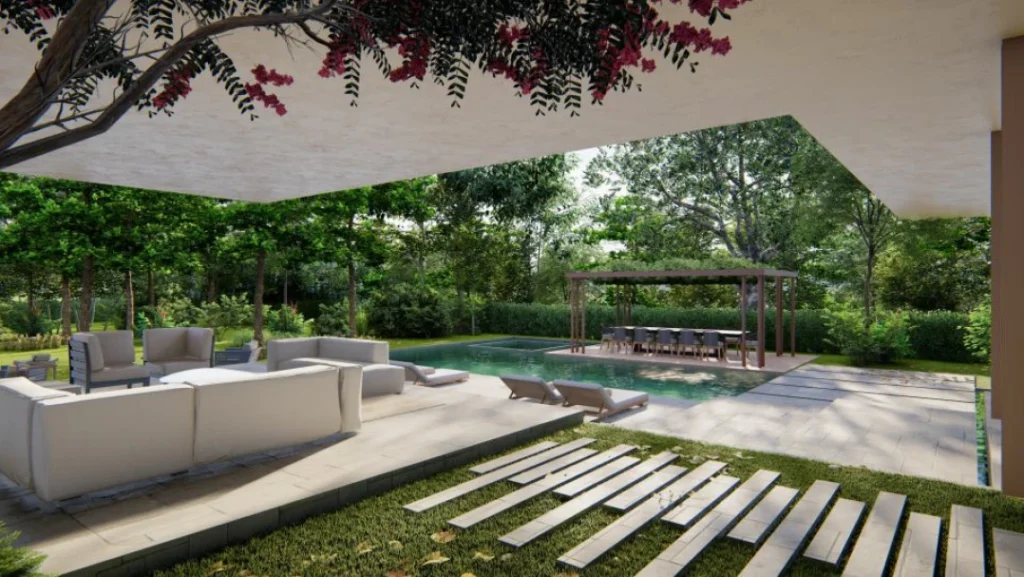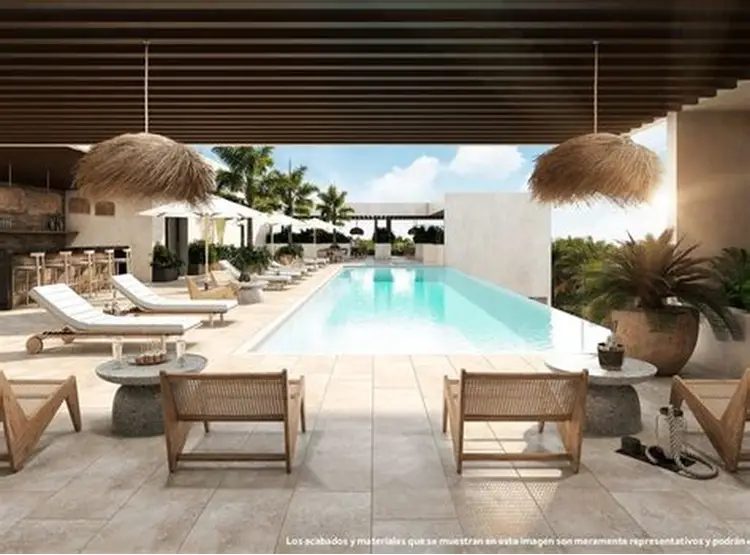Granite is not only a favored material for countertops and architectural features but also a fascinating geological specimen. With its distinctive speckled appearance and impressive durability, it’s natural to ask: Is granite a heterogeneous mixture? This article will provide a comprehensive explanation of granite’s structure, formation, and mineral makeup while answering this fundamental scientific question.

Understanding Granite: A Geological Introduction
What Is Granite?
Granite is a coarse-grained igneous rock formed deep within the Earth’s crust. It is made up of a mixture of different minerals, including quartz, feldspar, and mica, giving it a rich texture and wide array of natural colors and patterns.
Explore more: Is granite a mixture?

Is Granite a Heterogeneous Mixture?
Scientific Explanation
A heterogeneous mixture is a material made of visibly different components that are not uniformly distributed. Because granite consists of clearly distinguishable mineral grains, it fits this definition perfectly.
Therefore, yes, granite is a heterogeneous mixture. The individual crystals of quartz, feldspar, and mica are easily visible and maintain their unique properties within the stone.
More insights: Is granite homogeneous or heterogeneous?
Granite Composition and Texture
Mineral Makeup
Granite typically includes:
- Quartz – usually transparent or white
- Feldspar – pink, white, or gray, adds color
- Mica – black or silver, adds shimmer and depth
Texture and Appearance
Granite’s phaneritic texture (large, visible crystals) is a direct result of its slow cooling process beneath the Earth’s surface. This makes the mineral components distinct and supports its classification as a heterogeneous rock.
Characteristics of Granite Stone
Key Physical Features
- Hardness: 6 to 7 on the Mohs scale
- Density: ~2.75 g/cm³
- Color range: White, black, gray, pink, green, and more
These characteristics of granite contribute to its long-standing reputation for resilience and beauty in both indoor and outdoor applications.
Granite in Interior Design
Granite Countertops
Granite’s durability and natural elegance make it a top material for kitchens and bathrooms. Popular options include:
- White granite countertops for a timeless look
- Black granite countertops for bold contrast
- Speckled or veined granite for added dimension
Discover your options: Granite countertop
Pairing Granite with Cabinets and Walls
- What color cabinets go with granite countertops?
- What color paint or walls go with brown, black, and green granite countertops?
Natural vs Engineered Granite
Natural Granite
- Quarried directly from Earth
- Truly heterogeneous in pattern and texture
- Requires periodic sealing
Engineered Granite
- Manufactured from crushed granite and resin
- More uniform in color and appearance
- Less maintenance but lacks the uniqueness of natural stone
Granite vs Other Countertop Materials
Granite vs Quartz
- Granite: Heterogeneous, heat- and scratch-resistant
- Quartz: Engineered, homogeneous, stain-resistant
Granite vs Marble
- Marble: Softer, more porous
- Granite: Harder and better for high-traffic areas
Granite vs Soapstone and Concrete
- Soapstone: Homogeneous and softer
- Concrete: Can crack over time, less naturally beautiful
Granite stands out in the natural stone countertop comparison for its blend of aesthetic variety and strength.
Granite Maintenance and Repair
Care Tips
- Use mild soap to clean granite countertops
- Reapply sealant annually
- Promptly clean spills to prevent staining
Repairing Granite
- Chips and cracks can be repaired with epoxy
- Professional restoration may be required for deeper damage
Aardwolf Granite Solutions
Full-Service Granite Provider
Aardwolf offers:
- Granite countertop collection
- Premium granite slabs
- Granite installation services
- Granite pricing guide
- Best granite colors for any design style
Conclusion: Granite Is a Heterogeneous Mixture
To answer the central question: Yes, granite is a heterogeneous mixture. Its visibly distinct minerals and non-uniform composition make it a textbook example. This quality not only defines its geological classification but also enhances its desirability in design.
From its rich geological history to its modern-day use in homes and buildings, granite remains a stunning and versatile material that proudly showcases the power of natural variety.

